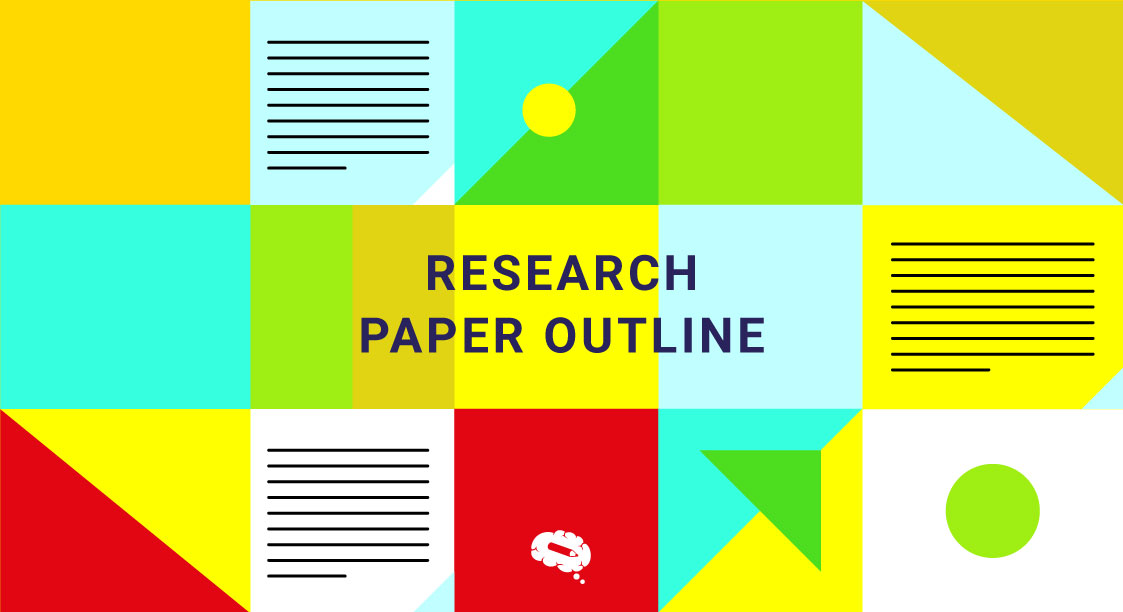Imagine yourself as a research student and you have to submit a thesis for which you collected all the information and wrote your thesis but forgot to add a bibliography to it. Now your professor rejects your thesis for that one mistake. How would you feel? Wouldn’t it be disappointing?
It indeed is disappointing but do you really think a bibliography is that important? In fact, have you ever wondered what a bibliography is? You must’ve seen it at the end of every book or article that you read but you wouldn’t have paid much attention to it. Read the article to know the importance of a bibliography in a research paper and how to write it according to the guidelines given.
What is a Bibliography?
A bibliography is a list of sources or materials that you might have referred to while writing an article or a research paper. If the reader wants to explore more about the content apart from what you’ve written, they would refer to the sources that you’ve mentioned and a bibliography can be helpful.
For example, if you’re reading a fiction novel about the culture of a European country in the 18th- century and you wish to learn more about it, what would you do? Here comes the importance of a bibliography. The author might have mentioned his research works – from where he collected information regarding European culture and he might’ve cited all those previous works in the form of a bibliography at the end of the book. This could help readers like you to explore more about the topic.
Bibliography vs References
Bibliography and references appear synonymous and thus, most of us try to use them interchangeably. But did you know this isn’t right? While both of them appear similar, there is this small difference that actually makes a lot of sense if you get to know it.
If we see the definition of reference, is the citation of all the works/sources that one used “within the body of the paper”. This is the most important key difference. While references refer to the work that is present within the paper, a bibliography refers to the works which are “not specifically referred to within the body of the paper” that is, it needn’t be necessary for a bibliography to have the exact sources on its body and you can cite a source even if you just used it to refer something regarding the topic.
Steps To Write A Bibliography In Research Paper
- The initial and foremost step to be followed before writing a bibliography is to make a note of all the books/sources/works you read when you’re doing your background research for a paper.
- Once you have a list of the books or sources, you need to check for the following information in the source :
If it is printed, check out for
- Authors’ name
- Title of publication
- Date of publication
- The publishing company of a book
- Page number(s)
If it is from a website, check out for
- Author and editor name
- Title of the webpage
- The company that posted that webpage
- URL of that webpage
- Before writing out your bibliography, you should know that there are two major guidelines for writing a bibliography (MLA Format and APA Format), and use them according to the need of your paper.
- Once you’re done writing a bibliography, make sure that you cited all the sources that you mentioned in the paper and whether you cited them in the correct format or not.
- If there are any mistakes or necessary changes, make them before you submit your paper.
Writing a bibliography might be a tiresome process as there’s a huge list of sources that need to be mentioned but adding a bibliography gives your research paper a more professional touch and sets your paper apart from the rest of the crowd.
Over 65,000 accurate scientific figures to boost your impact
We know! It’s hard to believe but like most scientific facts, it’s the truth. Mind the Graph has over 65,000 scientific figures that boost the impact of your research paper and helps your readers to connect with your work and understand the concepts better.

Subscribe to our newsletter
Exclusive high quality content about effective visual
communication in science.




